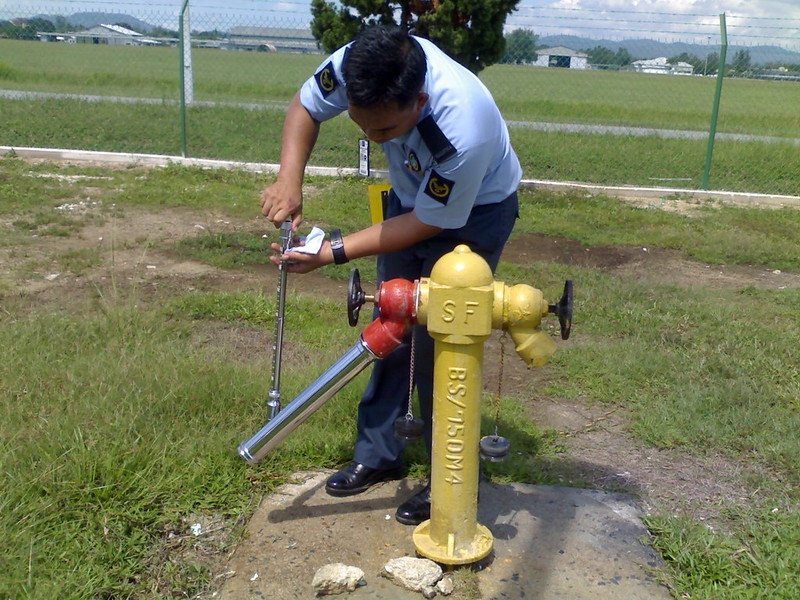Conducting fire hydrant flow tests is essential for accurately assessing water main capabilities. Specifically, the gallons per minute available for fire flow. Instruct your crew to take a pitot pressure reading during the test at the static and residual hydrant. Once the readings are taken, slowly open the hydrant.

Improved Dispatch
When regular hydrant fire flow testing is done, it provides information about the pressure and rate of water available at each test hydrant. This data is used by engineers in designing fire sprinkler systems and determining the size of domestic and fire service lines for building projects. It also helps identify water system problems such as closed valves, heavy pipe wall deposits, or reduced rates of flow resulting from blockages in the water distribution system. The ability of a community to deploy its fire department resources promptly is an important factor in achieving positive outcomes from risk events. Those resources include the fire station location, apparatus deployed, and staffing levels. In addition, the service level objectives established in any community drive the response time performance and assembly times of the effective on-scene emergency responder force.
Enhanced Suppression
Wildfires occurring on federal lands are often in remote locations and present fewer threats to structures and communities, which may lead to less effort to suppress them. However, over the past three decades, fires on federal lands have grown significantly and, on average, are five times larger than those on nonfederal grounds. The hotter, drier weather of recent years also contributes to the increased risk of large wildfires by making plant material and fuels drier and easier to ignite. Moreover, urban populations and their infrastructure can complicate fire response efforts by hindering access to emergency water supplies. Narrow streets and inadequate fire lanes limit the ability to move firefighters and vehicles quickly to and from hydrants, buildings and other locations.
Increased Firefighter Safety
Hydrant flow tests measure the pressure and rate of fire water flowing from a specific hydrant to help uncover blockages or infrastructure problems. This data can verify hydrant capacity and design fire sprinkler systems when used properly.
Hydrants are the front line in a fire emergency, so firefighters must have access to the proper amount of water. If insufficient water is not available to extinguish the fire, the risk of injuries and loss of life increases significantly. NFPA code standards require hydrants to be inspected and flow tested regularly to ensure defects are repaired and the device will function as expected during a fire emergency. During the test, the engineer attaches pitot gauges and other equipment to the hydrant ports that are being flowed. Then, they use the data collected to run two sequential formulas: the hydrant’s flow rate and the water main’s predicted residual pressure at the desired flow rate.
Reduced Incident Stress
Fire hydrants ensure firefighters have an immediate and accessible water source to connect their fire hoses. Suppose a fire hydrant is underperforming due to low water pressure or insufficient flow. In that case, it can create issues during an emergency that may take time and energy away from quick and decisive action. Fire hydrant testing helps to identify these problems early by evaluating the available fire flows for each hydrant in a city’s water distribution system. It also considers the static and residual pressure of each fire hydrant. It determines whether or not they can be relied upon to deliver water at an appropriate rate for firefighting.
Identifying Leaks
Fire hydrant testing helps identify mechanical problems with fire hydrants and water systems. It reveals issues like valves that don’t operate properly and leaks that can pump damaging debris into the system. Detecting and repairing these issues can make the difference between life and death in an emergency. A hydrant flow test determines a fire department’s available water supply by measuring static and residual pressure at two hydrants. The “residual” hydrant measures the static pressure of the water distribution system with no hydrants flowing. In contrast, the “flow” hydrant is slowly opened to allow for a measurement of the pressure drop that occurs once the water starts to flow through the hydrant.
This data is useful for many purposes, including assessing the performance of fire hydrants and water systems for city planners, engineers, architects, and sprinkler design companies.


